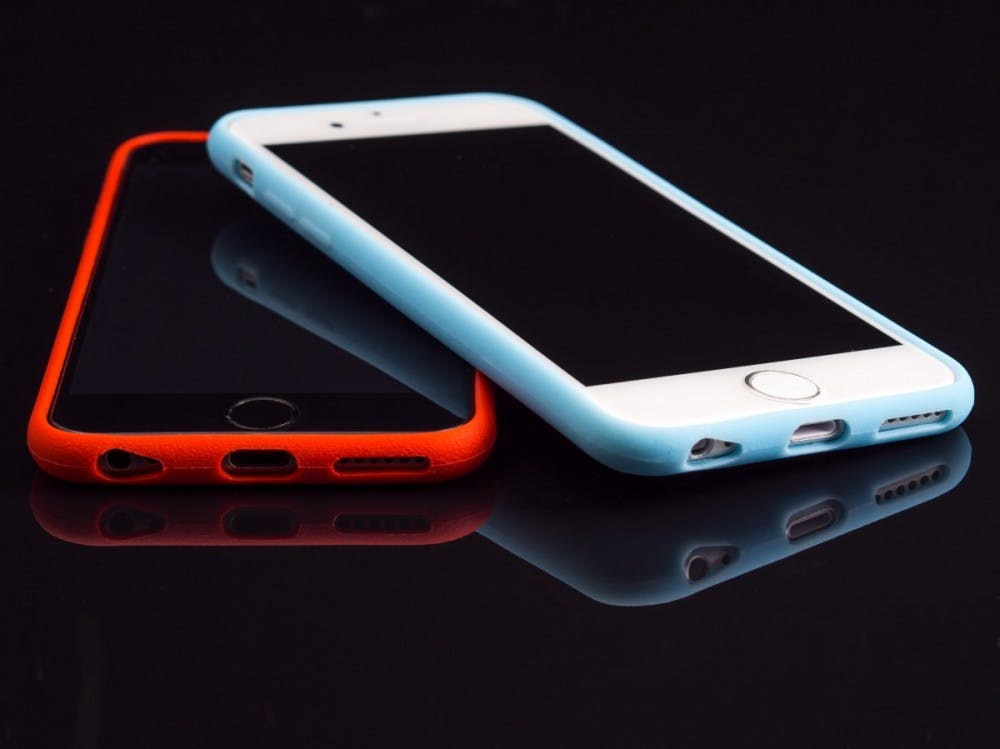So, 5G is here.
With every generation of mobile internet connectivity there have been huge leaps in internet speed.
From struggling to download a picture with 2G, to waking up to Instagram feeds and binge streaming 1080p food videos on YouTube with 4G, lots of progress has been made in what our phones can do for us.
In fact, almost every feature that makes phones our lifelines relies heavily on their internet speeds — managing social media, online messaging, making video calls, using maps, calling cabs and most importantly Googling life’s tough questions (honestly, who even makes phone calls anymore?).
All of that is just 4G. Imagine what could be done with the unbelievable speeds that 5G offers.
But what is 5G? April 2019 saw the launch of 5G by Verizon, followed by all other big-name networks, which claim that this new generation mobile internet connection will give users an average of 1 Gigabyte per second (GBps) of download speeds, with alleged top speeds of 2.5 GBps.
Compared to 4G’s average speeds of below 100 Megabits per second (Mbps) and 4G LTE’s top speeds of 300 Mbps, internet speeds will be increased by a factor of 10.
While telecom companies have been hinting at it since the beginning of 2018, it is finally beginning to reach (some of) the masses after its launch a few months ago.
What’s the catch?
There’s a few. Firstly, 5G is only available in major cities across America (and around the world), and only a few parts of each of these cities by Verizon, AT&T, Sprint and T-Mobile.
The lack of coverage is mainly due to the small number of 5G hotspots (or nodes) across these cities and 5G’s short range. Thus there is a need for a much larger number and density of hotspots for consistent coverage. Physics recap: 5G requires much higher frequency millimeter waves bands than 4G, and higher frequency means shorter wavelengths, so a shorter range.
Moreover, the signal is easily disrupted by anything in the direct path between the 5G tower and your phone, greatly lowering the promised speeds, though they are still likely to be higher than the average 4G.
In its current state, 5G is both hard to access and lacks reliability, but conditions will likely improve (albeit slowly) as more hotspots are added across the country.
Secondly, not only is 5G limited by its coverage but also by the phones with the hardware to support it. There are about seven of those currently offered by networks.
It’s very unlikely you’ll get your hands on this technology without shelling out upwards of $850 for the low-end Moto Z series with its 5G Moto Mod, or even around $1300 for high-end phones like the Samsung Galaxy S10 5G and Note 10+ 5G.
However, this year and the next are expected to see the launch of about 30 new 5G compatible smartphones, giving users a much larger pool to choose from.
Then how do you explain my current phone showing a 5G E symbol for my mobile data?
You’re probably using AT&T, and they’re lying to you. “5G E” stands for “5G Evolution.” In reality it’s only a new and improved 4G LTE, which AT&T claims can be almost twice as fast as their standard LTE coverage, nowhere close to 5G’s 10 jump.
So one thing is for sure: If you want to use 5G, you’re going to need to buy a new phone.
If you want to know more about this new tech, check out tech Youtuber MKBHD’s video “5G: Explained!” He goes into more detail about 5G and what it means.
In his tests he noticed that, despite hardware to support it, even the 5G phones tend to overheat and lose battery rapidly while running on 5G, and though the download speeds are insanely fast, the upload speeds are the same as 4G.
So should I or should I not buy this 5G phone?
While the advent of 5G is exciting and marks a new frontier for smartphone development, and perhaps, as many experts warn, for more sinister purposes like military weaponization and cyber warfare, it’s a nascent technology. Until the coverage, which currently does not include Baltimore, and its infrastructure improve, is it really worth buying a whole new phone, one that may still not be able to keep up with it, just to flex on your friends?





